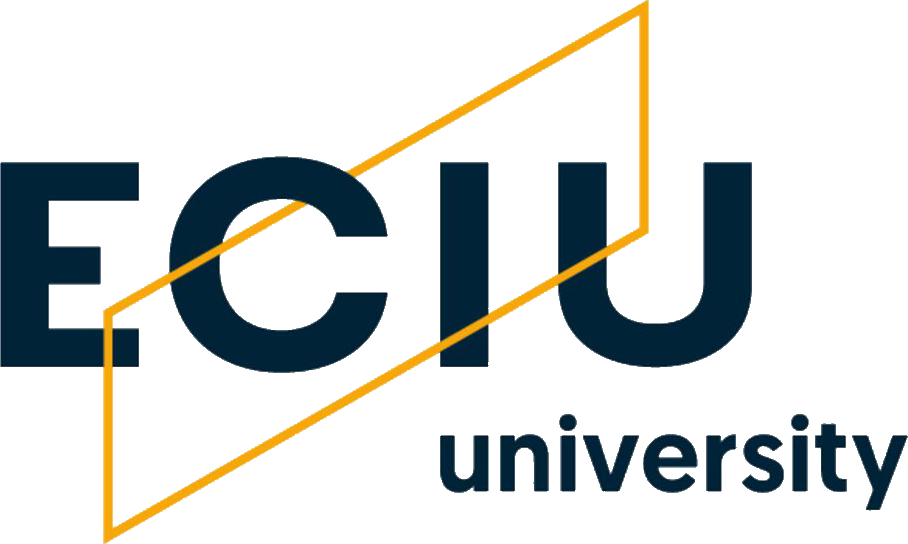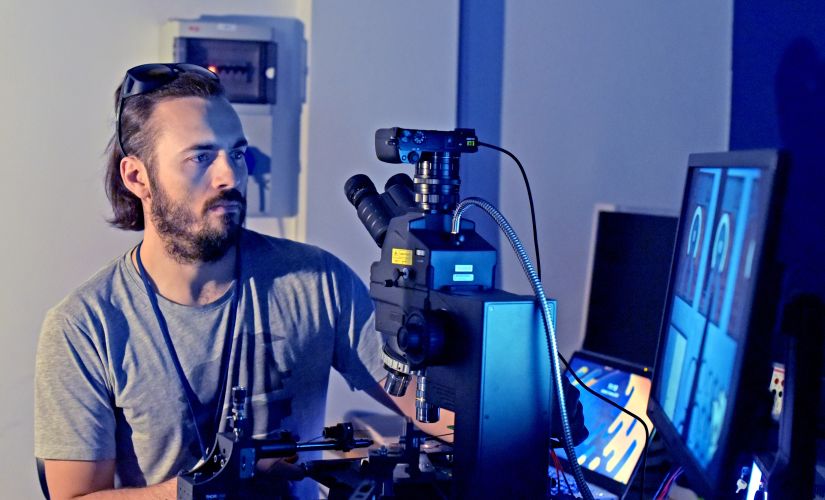The 13th edition of the SONATA BIS program turned out to be lucky for Lodz University of Technology. The National Science Centre awarded Dr. Marcin Gębski from the Photonics Team of the Institute of Physics more than 3.7 million PLN in funding for the implementation of the project: Semiconductor surface-emitting lasers with subwavelength grating mirrors MHCG.
Dr. Gębski also explains the revolutionary nature of the project:
The aim of the project is to create the world's first semiconductor surface-emitting laser (VCSEL) with mirrors in the form of subwavelength high-contrast grating mirrors (MHCG).
MHCG mirrors are a special type of diffractive gratings that reflect almost 100% of the light that falls on them. They can be made from most materials used in optoelectronics. They consist of a single element (diffractive grating), and their thickness is comparable to the wavelength of light. Most importantly, however, they are scalable, which means that with a change in geometric parameters, their properties for light of proportionally changed wavelength are preserved.
The project's author emphasizes that it is these properties that make the construction of the VCSEL laser with MHCG mirrors, which will be created as part of the project, applicable in lasers emitting waves of lengths ranging from ultraviolet (UV), visible light (VIS), and infrared (IR).
The project funded by the NCN will enable the creation of inexpensive free-space communication systems, or the construction of a photonic computer, in which light is the carrier of signals, not electrons accelerated by the prototype laser, as in the case of classical computers.
In addition to creating a laser prototype, the consortium implementing the project under the direction of Dr. Marcin Gębski, consisting of: Lodz University of Technology, Wroclaw University of Technology, and the Łukasiewicz Research Network – Institute of
Microelectronics and Photonics, will thoroughly investigate the unusual properties of these lasers, including strong interactions of light with matter, or the possibility of controlling the emitted beam.

